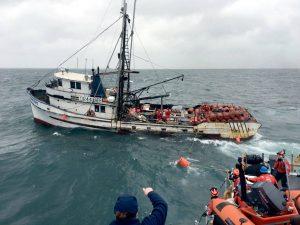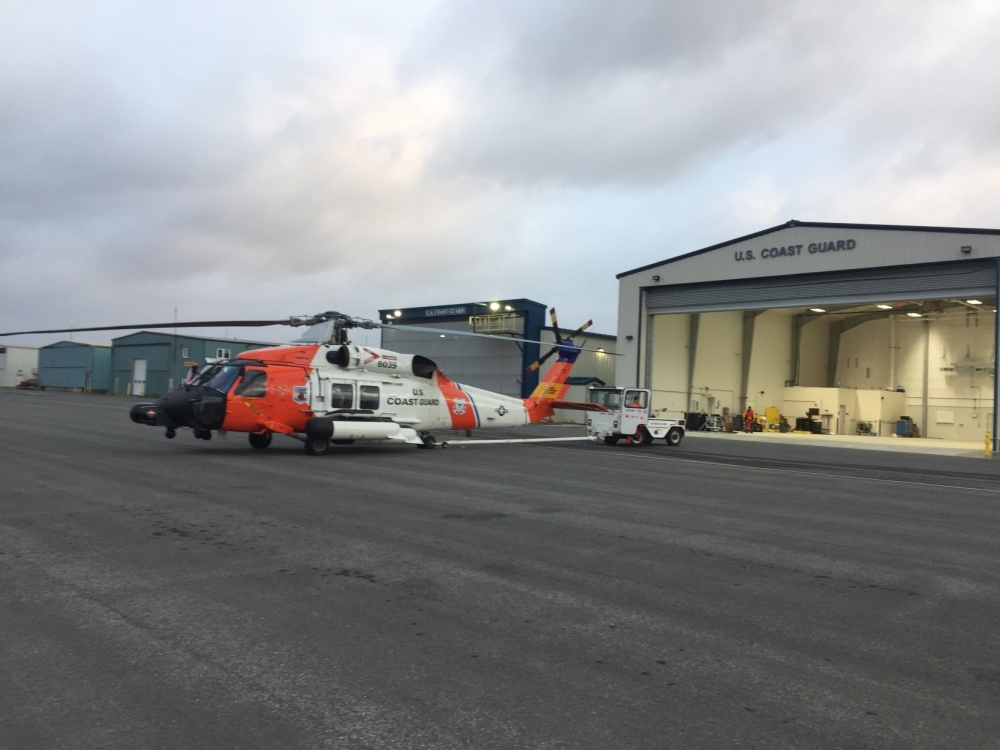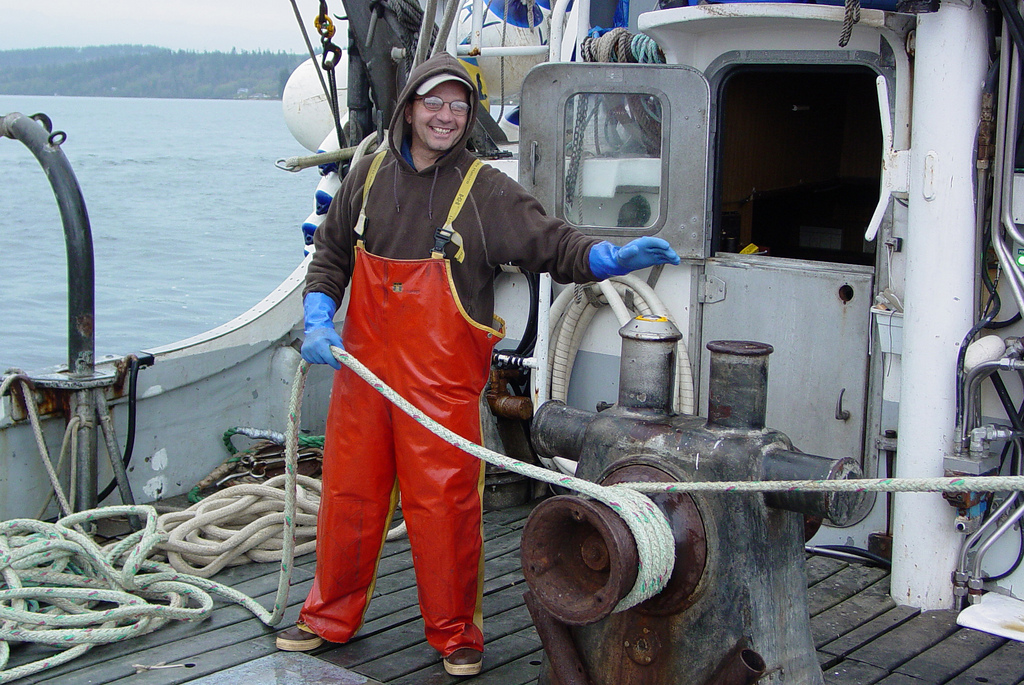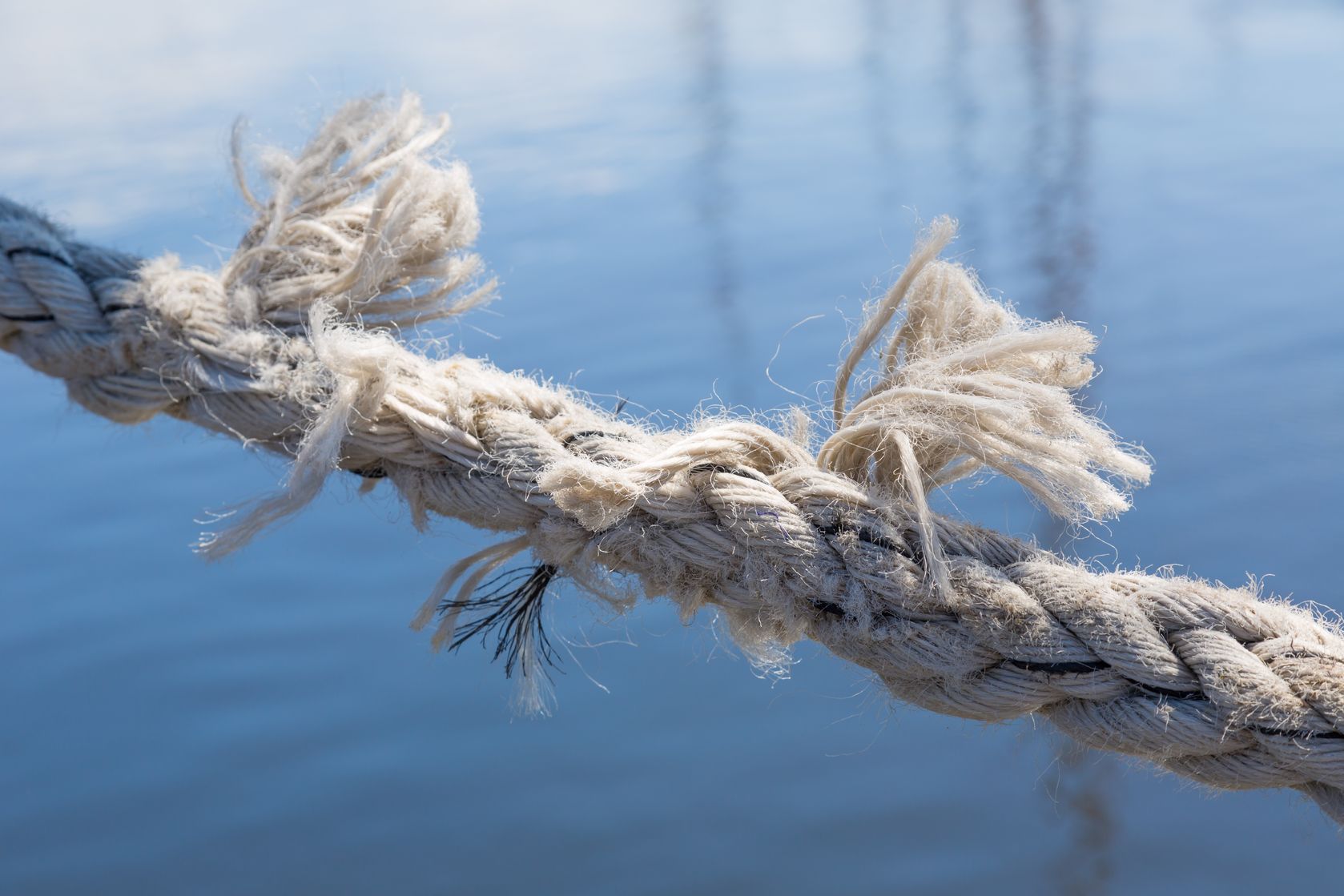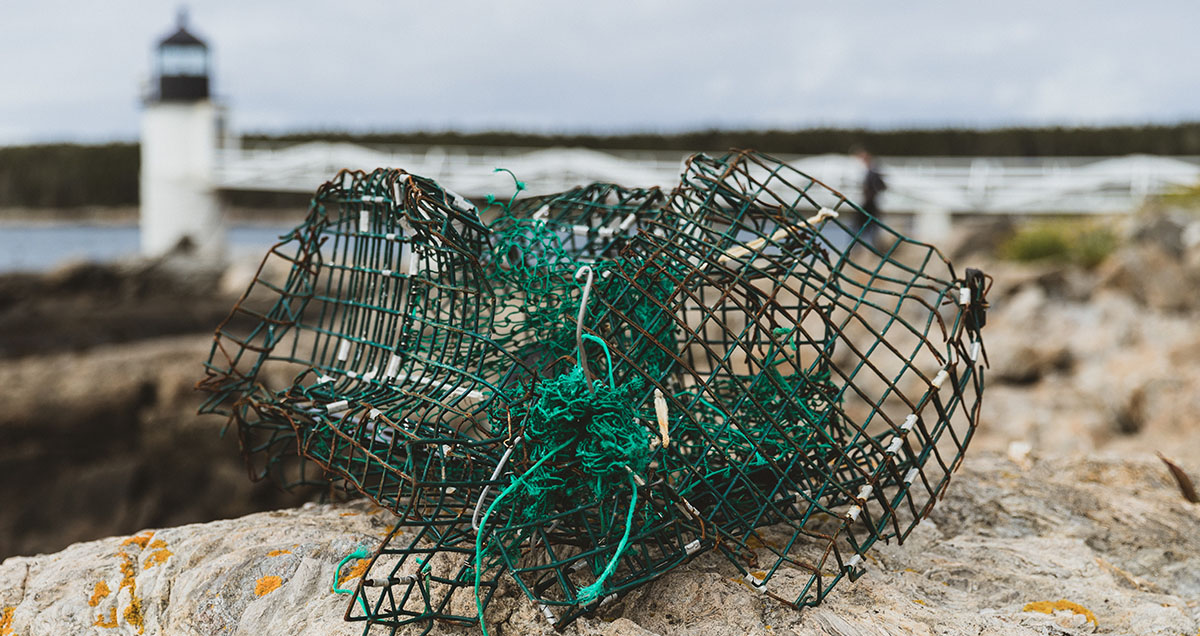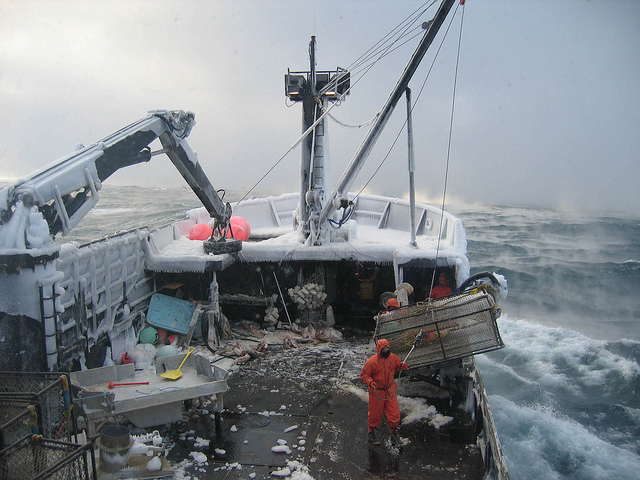Search for Missing Crabber Suspended
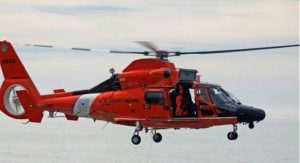 The North Coast commercial crab season is off to an arduous start, as the U.S. Coast Guard oversaw two search-and-rescue missions this weekend. The search for one missing crabber who fell overboard has sadly been suspended.
The North Coast commercial crab season is off to an arduous start, as the U.S. Coast Guard oversaw two search-and-rescue missions this weekend. The search for one missing crabber who fell overboard has sadly been suspended.
Shortly after 1 a.m. on Sunday, February 4th, two crew members who were tending crab pots on the Chief Joseph fell overboard. The vessel was approximately eight miles south of the South Spit in Humboldt Bay when the accident occurred. The captain successfully pulled one fisherman back aboard but was unable to locate the other crewmember.
First on the scene was an MH-65 Dolphin helicopter crew from Air Station Humboldt Bay followed by a 47-foot Motor Lifeboat crew from Station Humboldt Bay. Approximately an hour later, a C-27 Spartan fixed-wing aircraft from Air Station Sacramento arrived, and the area was combed until the search was suspended at approximately 1:15 p.m.
 Maritime Injury Law Blog
Maritime Injury Law Blog



